Southall 830-
Richard J. Meads
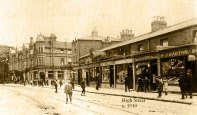
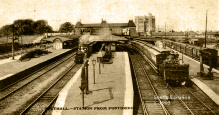

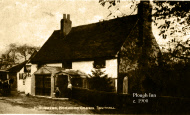
1939-
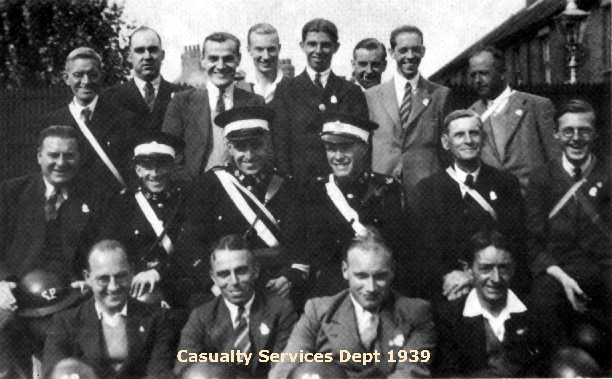 When the Second World War was declared on Sunday, 3rd September, 1939, like the rest
of the country, blackout regulations came into being and police and, later, Air Raid
Wardens made sure it was carried out. Already auxiliaries for the police and fire
service had been recruited. All business premises had to organise fire watchers and
all roads made their own arrangements to safeguard their homes. Gas masks had to
be carried but, thank goodness, they were never required. Major Lewer was appointed
Chief of all emergency arrangements.
When the Second World War was declared on Sunday, 3rd September, 1939, like the rest
of the country, blackout regulations came into being and police and, later, Air Raid
Wardens made sure it was carried out. Already auxiliaries for the police and fire
service had been recruited. All business premises had to organise fire watchers and
all roads made their own arrangements to safeguard their homes. Gas masks had to
be carried but, thank goodness, they were never required. Major Lewer was appointed
Chief of all emergency arrangements.
Reinforced air raid shelters were built in various parts of the town and, as they became available, Anderson Shelters were distributed so that individual households had them in their gardens. Much later the new Morrison Indoor Shelters came. Southall expenditure on ARP during the year up to March 31st, 1940, which included the first seven months of the war, was £111,328.15.7d.
At the outbreak of the Second World War all schools were temporarily closed until
safety arrangements were made. If the schools had cellars, these were reinforced,
if not, some classrooms were prepared as air raid shelters. After the first shock
of the war receded and, due to what became known as the 'phoney period' -
A sad tragedy highlighted the voluntary evacuation of children. Four children from Clifton Road School, who were on their way to relatives in Canada; were drowned when the evacuee ship City of Benares was torpedoed and sunk by the Germans.
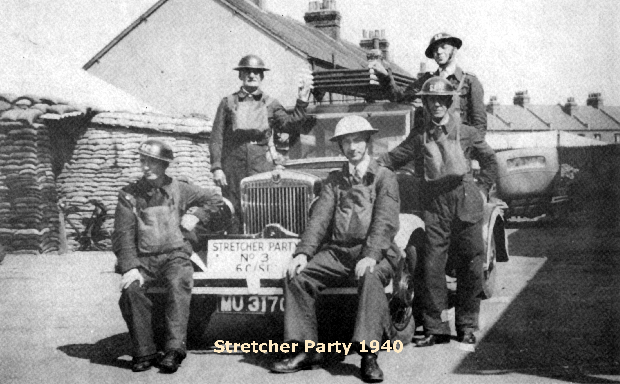 Several premises were taken over for ARP work -
Several premises were taken over for ARP work -
It was in 1940 that the seed was sown resulting in the formation of a detachment of the British Red Cross in Southall. They combined with the St John Ambulance packing parcels for prisoners of war at the Drill Hall in Featherstone Road. A classroom at Featherstone Road School was converted to a kitchen in 1943 and, before the end of the war, over 900 children from all schools south of the Borough were being fed.
The rates were increased by 3d in 1939, to stand at 12/6d (62½p) in the pound.
The Maypole Institute plus 2.83 acres of land were purchased for a Community Centre May 1939. On May 25th, 1940 the Institute became the Headquarters of the ARP, moving from The Grange.
By 1940 the war was beginning to make itself felt. Several people had been fined
for breaking the blackout. Rationing had begun and Councillor Hutchings had been
appointed meat allocator. Wartime allotments were made of all spare land and Mr B.
Gale, Parks Superintendant, in co-
The population in 1940 was 52,400. Rates 14/-
Each week the local Gazette featured weddings of servicemen marrying whilst on leave, and, as in war, casualties began to be published, one of the first was Lieutenant Burridge, son of the Mr E. J. Burridge (Southall's Relieving Officer for several years), killed in action.
In the first four months of 1940 the town's National Savings amounted to £124,620.
But it was not all gloom -
In May 1940 the town again welcomed Belgium refugees -
The Council gave permission for people to keep rabbits and chickens and themselves set up a pig farm at the old sewage site at Wyke Green. Another was started by Mr G. Robinson at the old Martinware factory in Havelock Road which he had purchased.
The DFM awarded to Leading Aircraftsman K. G. Richards was the first Honour to come to Southall.
In November Alderman F. G. Smith was elected Mayor for 1941.
Just over the border the North Star in North Hyde Lane closed 29th May, 1940 and the newly built North Star opened on the corner of Thorncliffe Road and Heston Road.
The first London bombing was on the 24th August, 1940 and the London Blitz on September 7th, 1940. The sound of the air raid sirens became more frequent and, on the night of September 28th, bombs dropped at North Road School causing damage, shutting the school for six weeks. On 15th October a bomb fell on an outside shelter at Tudor Road School causing a great deal of blast damage, but no casualties, which closed the school for six months.
A large hut had been erected in Southall Park, adjacent to Green Drive, which was used for fire bomb disposal practice. This hut was to be known later as the Green Door, becoming the HQ of the British Red Cross, Southall Section in 1956.
Southall had one or two very important targets for the German bombers and how lucky we were that most of the bombs dropped were near misses. One of the targets was the Hanwell Viaduct. This was guarded against saboteurs and was narrowly missed by bombs which fell, one on the golf links and one in the Uxbridge Road. The AEC escaped but near by bombs dropped on Hanwell Asylum boilerhouse and another at the end of Green Drive.